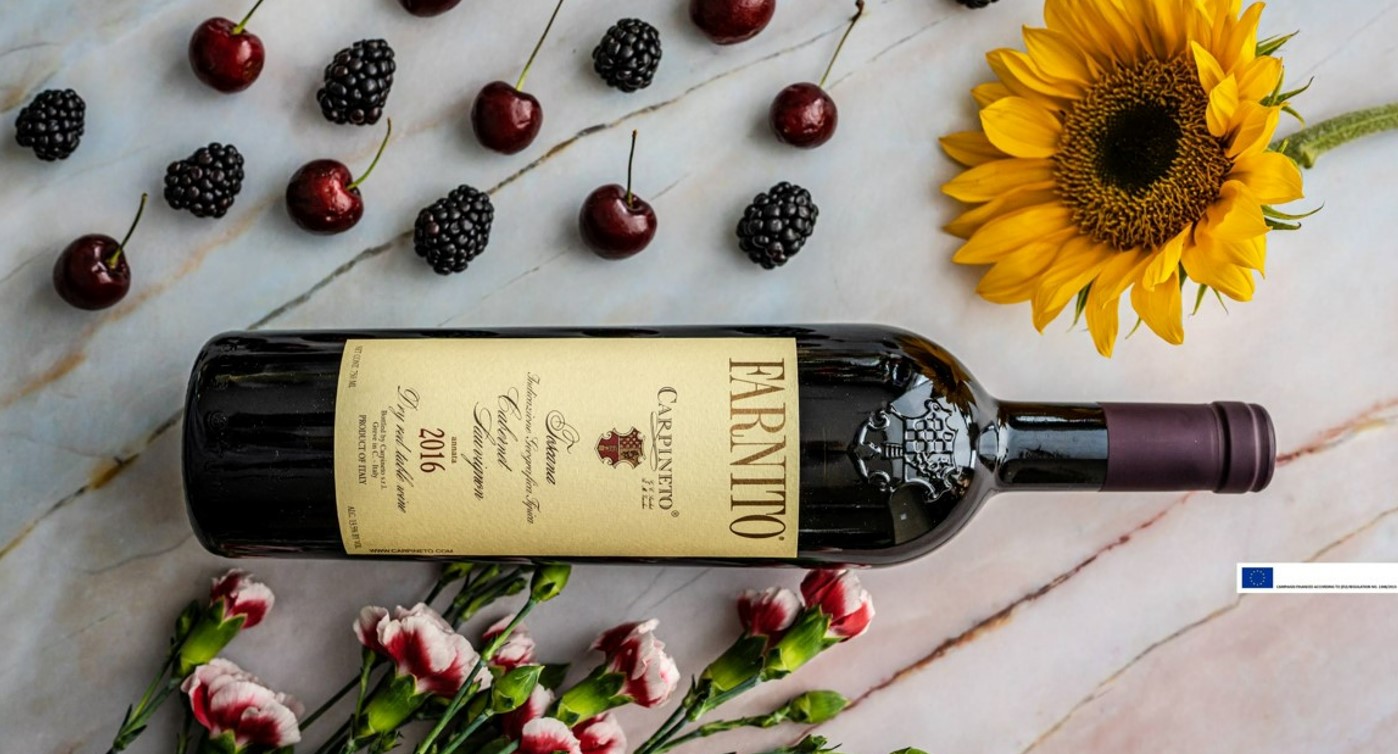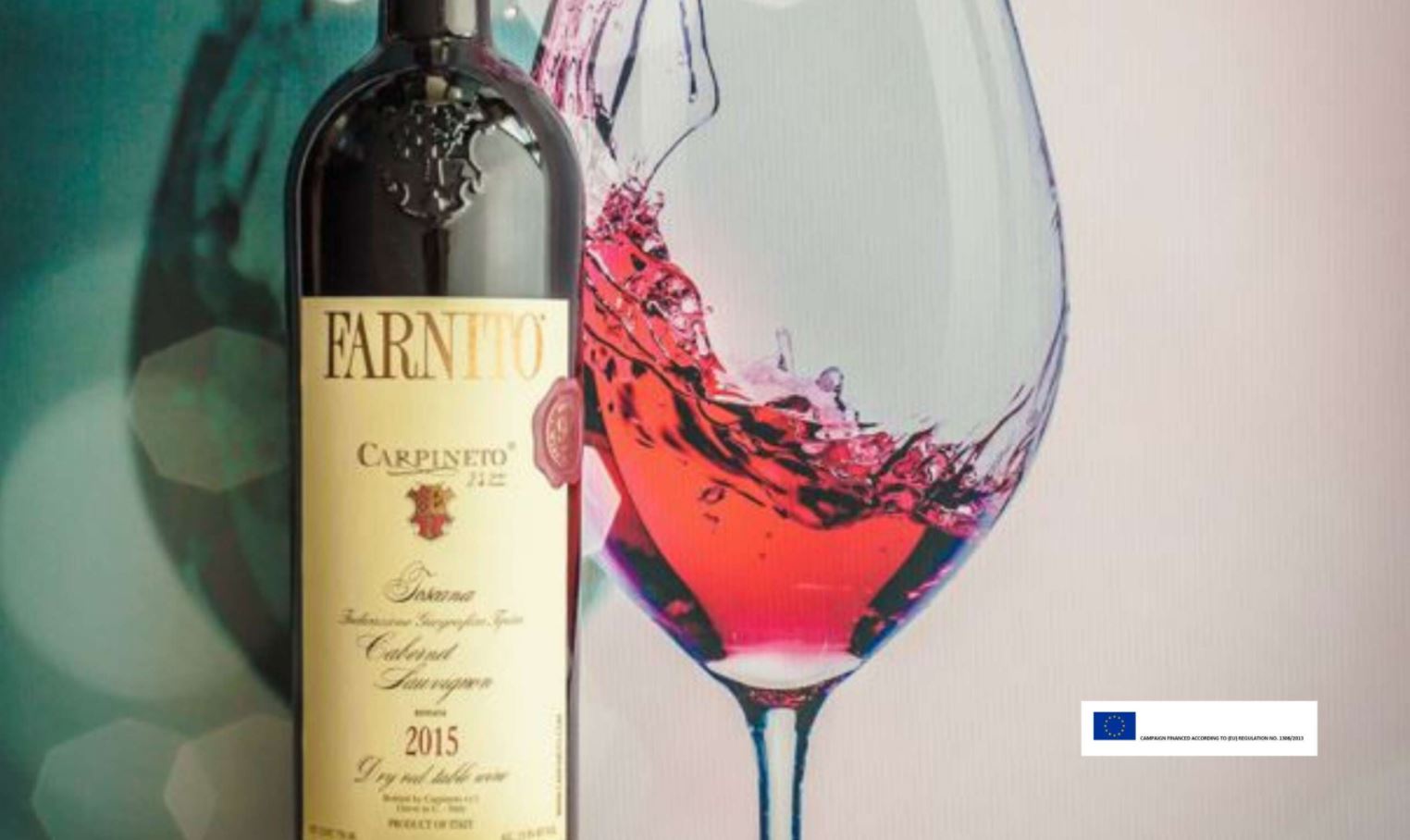In the 1960s, the Italian government got serious about protecting its fine wines. During this decade, lawmakers formulated intense quality controls that regulated wine production and gave out designations depending on each winemaker’s standards.
Below, we’ll simplify the differences between Italian wine classifications and explain why
Brunello di Montalcino consistently ranks as the top Italian red.
WHAT MAKES DOCG SO TOP QUALITY?
Of all Italy’s wine classifications, DOCG is the most highly coveted. Short for “Controlled & Guaranteed Origin Designation” in English, DOCG wines are put to the highest quality assurance standards and taste tests. This includes elevated alcohol content, reduced yields, and virtually no grape mixing.
The Tuscan wineBrunello di Montalcino has consistently won the DOCG classification. To be awarded DOCG, all Brunello grapes must grow in a sunny environment at an altitude no higher than about 1,960 feet. Brunello di Montalcino Normale must also be aged for at least four years (including two years in the barrel) and have a minimum alcohol content of 12.5 percent.
While Brunello di Montalcino is one of the first to be awarded DOCG status, it’s not the only decorated wine out there. A few other wines that have DOCG status include Tuscany’s Vino Nobile di Montepulciano and Piedmont’s Barolo.
WHAT IS DOC?
First created in the 1960s, DOC is just one step below DOCG in terms of quality. While DOC wines are still held to a high standard, there’s a bit more leeway in certain fields such as permitted grape mixing, grow zones, and aging durations.
For these reasons, there are about 300 different DOC wines currently on store shelves, contrasted with only about 70 DOCG wines.
WHAT ARE IGT WINES AND "SUPER TUSCANS"?
Created in the 1990s, IGT (or “Typical Geographical Indication”) is the most recent wine category recognized by the Italian government. Although these wines are supposed to be inferior to DOCG and DOC, the IGT category was created due to an exceptional class of wines known as “Super Tuscans.”
Back in the 1980s, a group of Tuscan farmers got so fed up with DOC regulations they decided to simply “go their own way.” Oftentimes this meant using foreign grapes or aging wines in non-standardized barrels—two big no-no’s for DOC regulators.
Interestingly, these “Super Tuscan” wines quickly became some of Italy’s best-selling varieties despite their non-DOC status. To address this issue, the Italian government formulated the IGT status, which awards high-quality wines that don’t necessarily conform to DOC standards.
While IGT producers do need to comply with certain restrictions on their grow region, the laws governing IGT wines are quite relaxed. This has led some critics to argue the government only created IGT to rake in some Super Tuscan cash.
WHAT IS VINO DA TAVOLA?
Sometimes simply known as “Vino,” the “Vino da Tavola” designation is considered the lowest grade Italian wines. Winemakers don’t need to pass any fancy tests or inspections to be considered Vino da Tavola, which means the final product could contain various grape varieties from different regions. There are also no standards for aging procedure, alcohol content, or grow zones.





